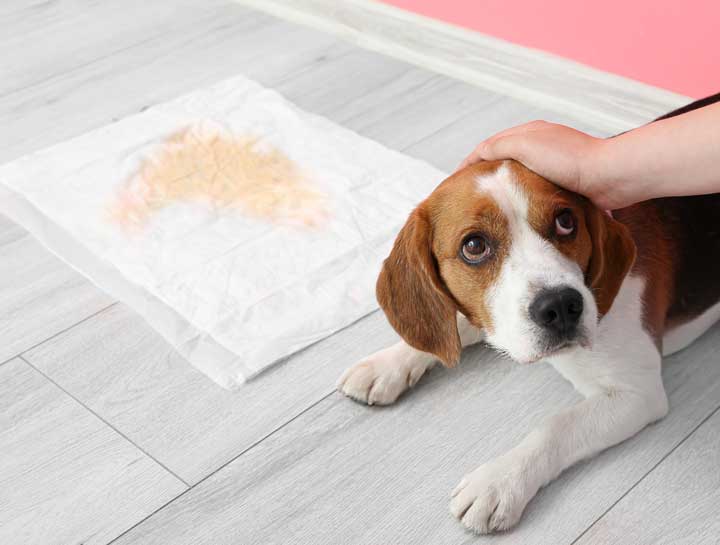Urology
diseases of the urinary and urogenital systems of both males and females.
Urology is concerned with diseases of the urinary and urogenital systems of both males and females. For convenience, we will include the kidney and its diseases in this section, but for informational purposes, the term nephrology is used when one is referring to the study of the kidney. The presentation of these diseases can vary depending on the age, sex, and species of the patient. For example, a young female puppy who is leaking urine may have a congenital malformation within her urinary tract. This does not make her a bad puppy for leaving urine in the house; this is a medical problem that needs to be addressed. We see many older feline patients who are drinking more water and urinating more frequently than normal. A common cause of these signs is chronic kidney (renal) disease. As cats age, they tend to experience a decline in kidney function. It is especially important to try to recognize this problem in an early stage (this is one of the many reasons why we recommend regular blood and urine testing on animals that appear to be healthy) as there are many things we can do to slow the progression of the disease. Some patients may benefit from an initial dietary change to help support their kidney function, while more advanced patients may require blood pressure medication, potassium supplementation, medications to reduce acid production and bind up phosphorous in the gastrointestinal tract, and fluid therapy.
True medical emergencies can develop involving the urinary tract. Some dogs or cats (typically males) may become unable to urinate. These animals will commonly strain to urinate (while appearing to produce little to no urine), ask to go outside more frequently, or go in and out of the litter box more than normal. It is not unusual to hear obstructed cats actually vocalize in their litter box when they are attempting to pass urine. Some causes of a urinary obstruction may include urinary crystals, blood clots or small stone(s) blocking urine flow, or the enlarged and/or diseased prostate gland of an unneutered male dog that is obstructing urine flow. Regardless of the cause, if you notice that your pet is straining to urinate, it should be immediately examined by a veterinarian. At Polo Springs Veterinary Hospital, we are here to help you and your pet through any crisis.
Of course, there are many other urinary conditions that affect dogs and cats, and once your pet has had a thorough examination by one of our veterinarians, we always take whatever time is necessary to discuss what we believe may be causing your pet’s problem in order to resolve it.
Urinary disorders are not always a result of a medical problem, as sometimes pets have behavioral issues. For example, cats can be known to mark or spray urine (urinating on vertical surfaces), or have what is known as inappropriate urination (going outside of the litter box, more commonly on horizontal surfaces such as flooring, bedding, or even on owner’s clothing). Intact male tom cats are most likely to spray urine as a means of marking their territory. While urine marking is an unacceptable behavior to most cat owners, it is important to remember that it is normal cat behavior and one that has been shown to dramatically increase with the number of cats in the home. Neutering cats greatly reduces the chance of them demonstrating this behavior. Inappropriate urination related to a behavioral issue can have a variety of causes, and fortunately, there are also many things we can do to try to prevent this problem from occurring in the future. Sometimes all that is required is some counseling by one of our veterinarians to suggest strategies to eliminate this behavior at home, while other pets may benefit from medications or the use of pheromones (hormones).
As with any condition, we will start your appointment at Polo Springs Veterinary Hospital by taking a thorough history of the presenting problem and following it with a detailed physical examination. Based on the findings from the physical exam, we may recommend diagnostics. Usually, we would first want to obtain a urinary specimen for analysis. This can be collected in a specimen cup (free-catch sample) or, if we desire, a sterile sample can be obtained by means of a procedure known as a cystocentesis. A comprehensive blood work panel will allow us to assess internal organ function and look for underlying causes of disease. Diagnostic imaging (radiographs or ultrasound) helps us to visualize your pet’s urinary tract. Armed with this information, we aim to be able to offer you a diagnosis of your pet’s condition and from there institute an effective treatment plan. Then we will work with you through the course of treatment and be happy to answer any questions you may have regarding your pet’s care.
Call us at (719) 249-5835 today to schedule an appointment for your cat or dog.

